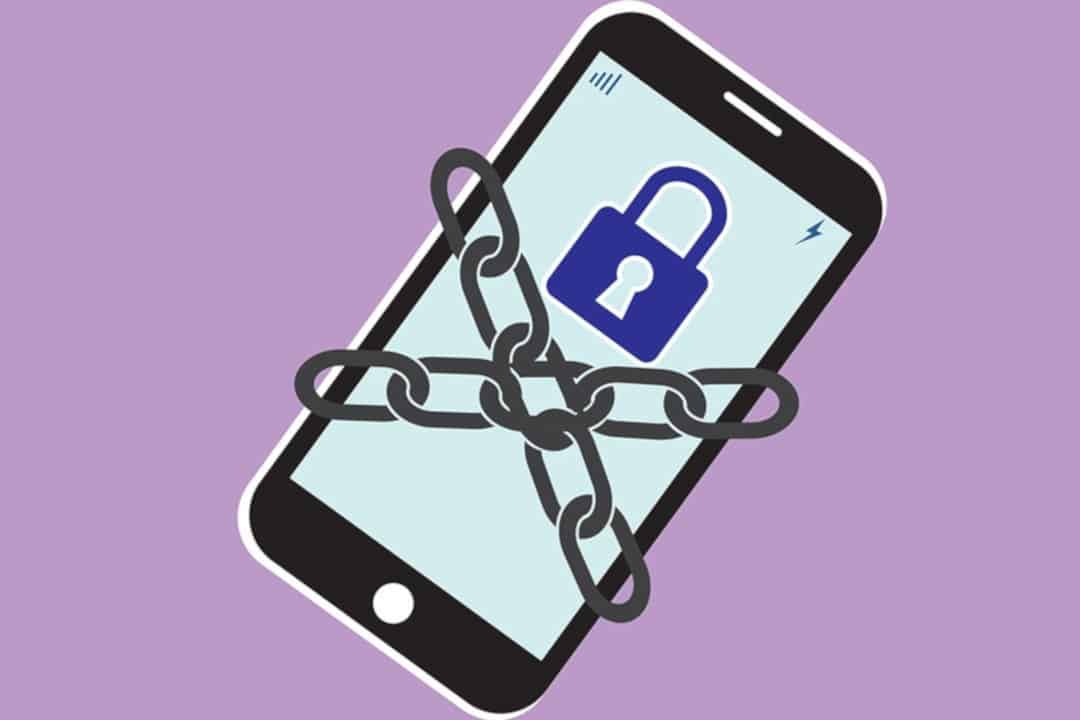U of T students are no strangers to unexpected fees. From the exorbitantly-priced Pearson Education software that is required in many first-year science courses, to textbooks, living costs, and tuition — students can’t seem to catch a break from all these extraneous educational costs.
Another brick in the paywall
Top Hat and iClicker software are essentially redundant technologies that reinforce the pay-to-play trends emerging in U of T undergraduate programs.
This is a slippery slope for U of T, which I have heard described by students as “Wayside-like” and “the University of Micro-transactions.” My experience has shown that required and strongly recommended textbooks cost around $100 each, are barely used, and are rendered dated the following year when a new edition comes out. In a time when many universities are becoming more accessible to students by doing things like posting lecture recordings online, U of T seems to be moving backward.
There is something to be said for the lack of faculty coordination in regard to the use of these tools. Top Hat and iClickers serve the same purpose of recording attendance and engagement through multiple choice questions, yet students may need to purchase both depending on their different instructors. This is no small cost, as a new iClicker costs $47.50 at the U of T Bookstore and a yearly subscription to Top Hat costs $48 on its website. Lack of cohesion on these educational technologies means that fees are often doubled as students have to buy both unnecessary technologies.
These costs don’t need to exist in the first place. Attendance and participation grades could also be measured through discourse during lecture and roll call at the beginning of class — both free options.
[pullquote]professors would better retain student attendance and engagement through the delivery of engaging lectures[/pullquote]
The regulation of iClickers and Top Hat can seem arbitrary and impotent. Students may bring their friends’ clickers to class, and Top Hat’s live content and attendance can be responded to outside of the lecture hall. Bigger lectures in Convocation Hall have started getting their teaching assistants to circle the balconies, looking to catch students using multiple clickers, yet it’s still easy to cheat this system.
Furthermore, absence and lack of engagement during lectures are not really affected by these pricey countermeasures. The concept that attendance and the ability to answer questions is something to be purchased devalues academic merit, and elevates the role of one’s wallet. Students from lower-income backgrounds see lower rates of postsecondary educational attainment, and the addition of unregulated, inconsistent, and costly technologies only exacerbates this financial stress.
What more screens mean for attention
For students with attention deficits, TopHat poses a new challenge: staying focused. The presence of the necessary devices to run the software during lectures is potentially distracting to students.
Top Hat’s claim of increased student engagement rests on the assumption that everyone is using their phone during class, but this simply is not the case. The requirement that Top Hat creates to interact with your mobile device during lecture means that distractingly-lit phone screens frequent the lecture hall in the name of learning.
Exposure to hundreds of screens potentially prevents lectures from becoming conducive learning environments.
Besides the distracting screens themselves, students can also misuse the anonimized Top Hat quizzes by flooding the response box with joke answers, further diverting the lecture’s focus.
While students engage with Top Hat content, they are also likely to simultaneously engage with less course-related content on their phones. Smartphones are tempting, especially for our generation, which has grown up with them. All you need is a simple flick or tap to check your text messages, Facebook, WeChat, Instagram, et cetera. As such, professors would do well to prevent the use of them at all costs, rather than obliging students to bring them to lecture.
A rejection of individual learning styles?
Beyond the challenge to attention, Top Hat can frustrate students by challenging their attempts to engage less with electronic devices in their learning. Students who have recognized that they learn better without the distraction of devices are prevented from doing so.
Beginning in first year, students are encouraged to study in the ways that work for them by encouraging individual habits. Yet the introduction of Top Hat into classrooms prevents students from making individual consumer choices.
It’s also an unsettling precedent, contributing to — rather than countering — a shift in contemporary classrooms toward overdependence on technology. While this is not an overwhelmingly negative shift, its implications can be harmful for some.
Whether or not a student brings a mobile device to class should be their own choice, not something that the school requires. Digitizing lecture engagement without proper reasoning feeds a culture of consumption and normalizes smartphone ownership.
The requirement of Top Hat in some courses contradicts a familiar narrative: don’t pull your phone out during lecture — or, even better, don’t bring your device at all. This sentiment rings true, as studies show that people retain information better when handwriting notes, rather than typing them.
Perhaps rather than turning to technology, professors would better retain student attendance and engagement through the delivery of engaging lectures that students wouldn’t want to miss.
Tif Fan is a first-year Social Sciences student at New College.


